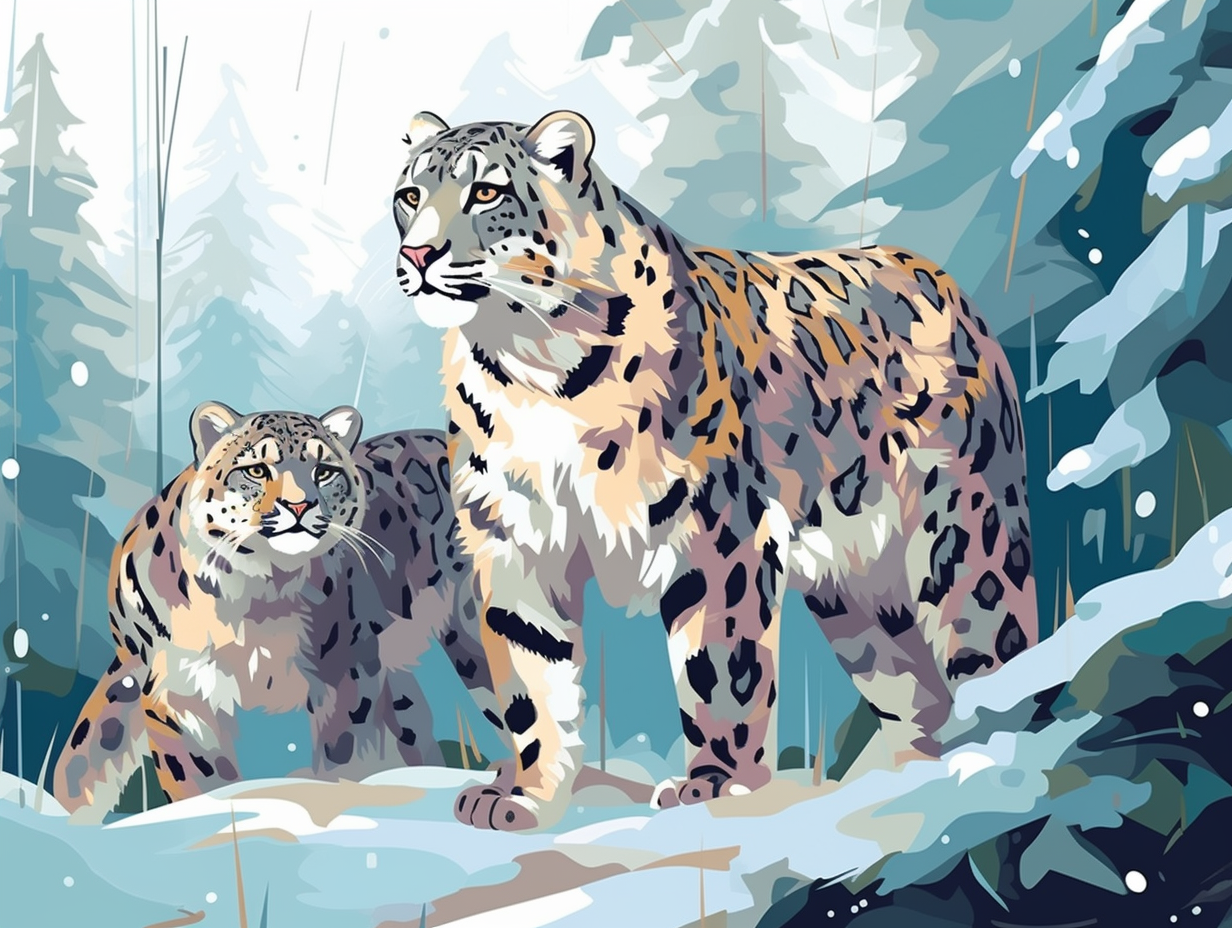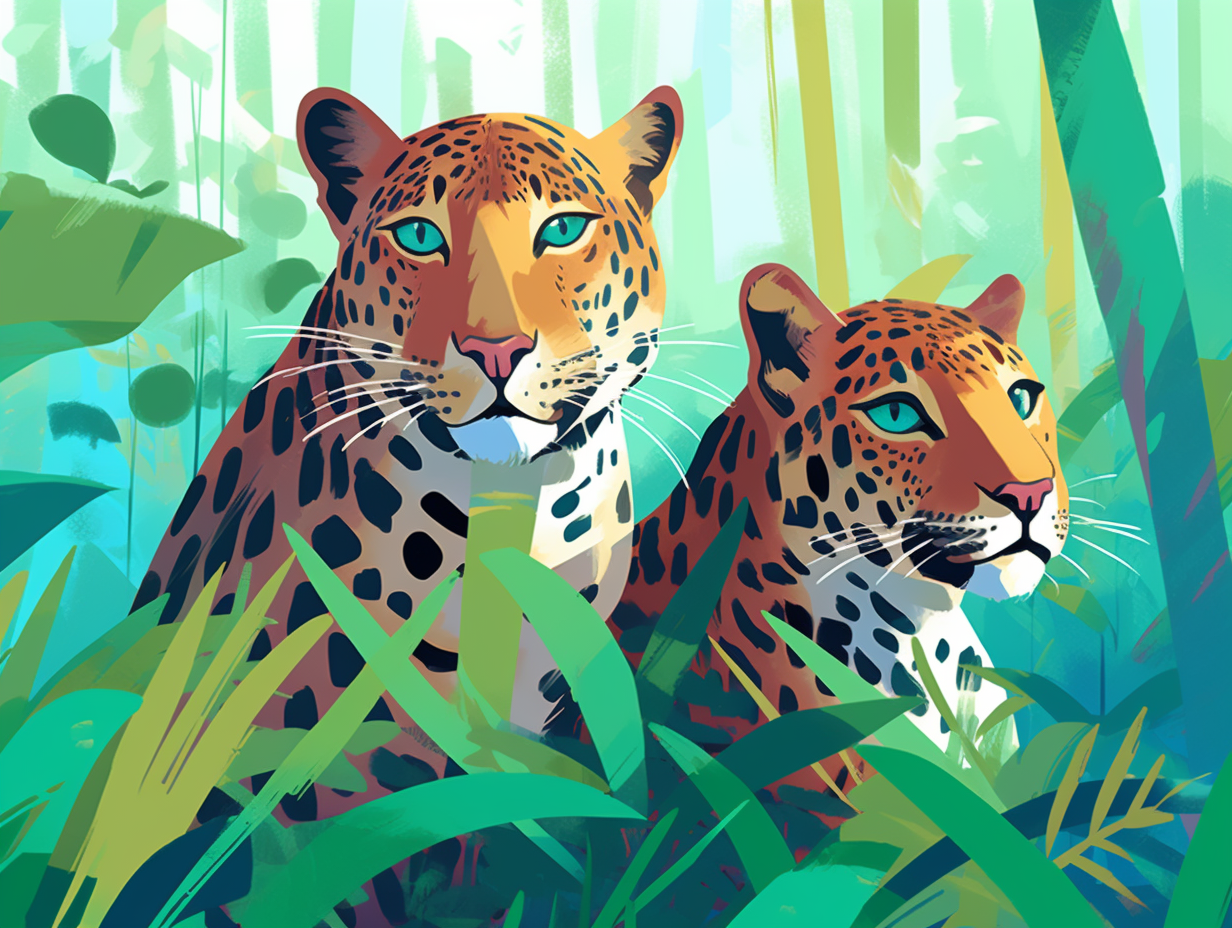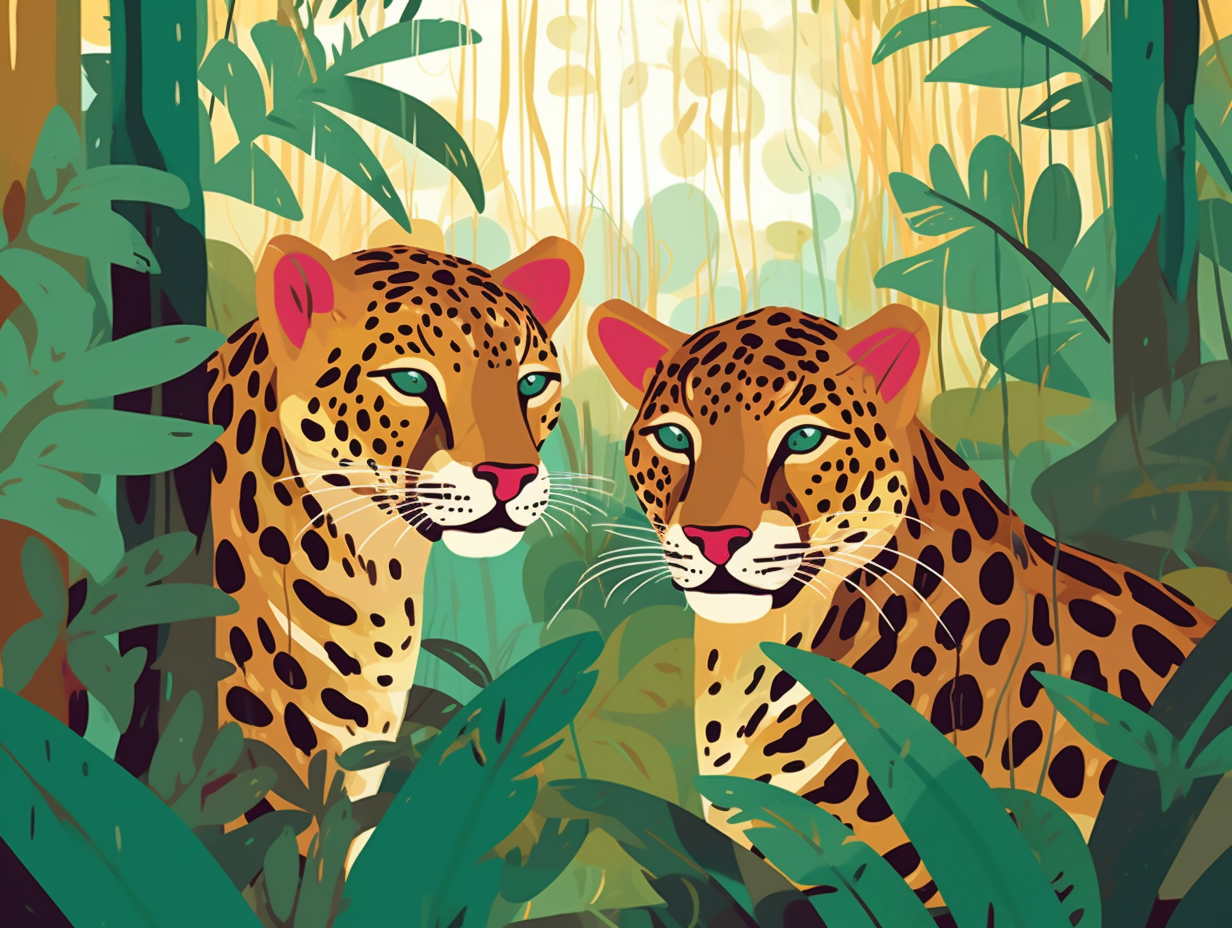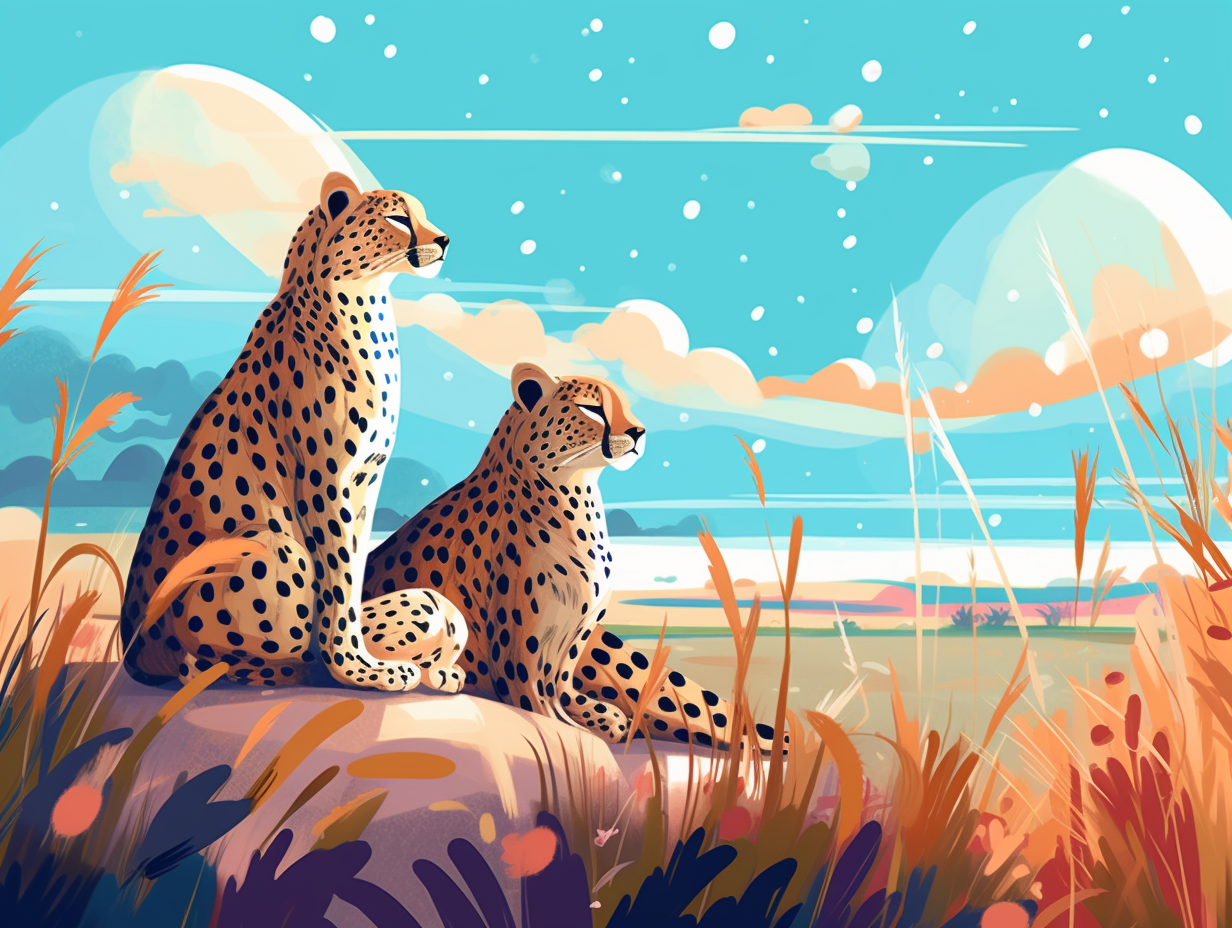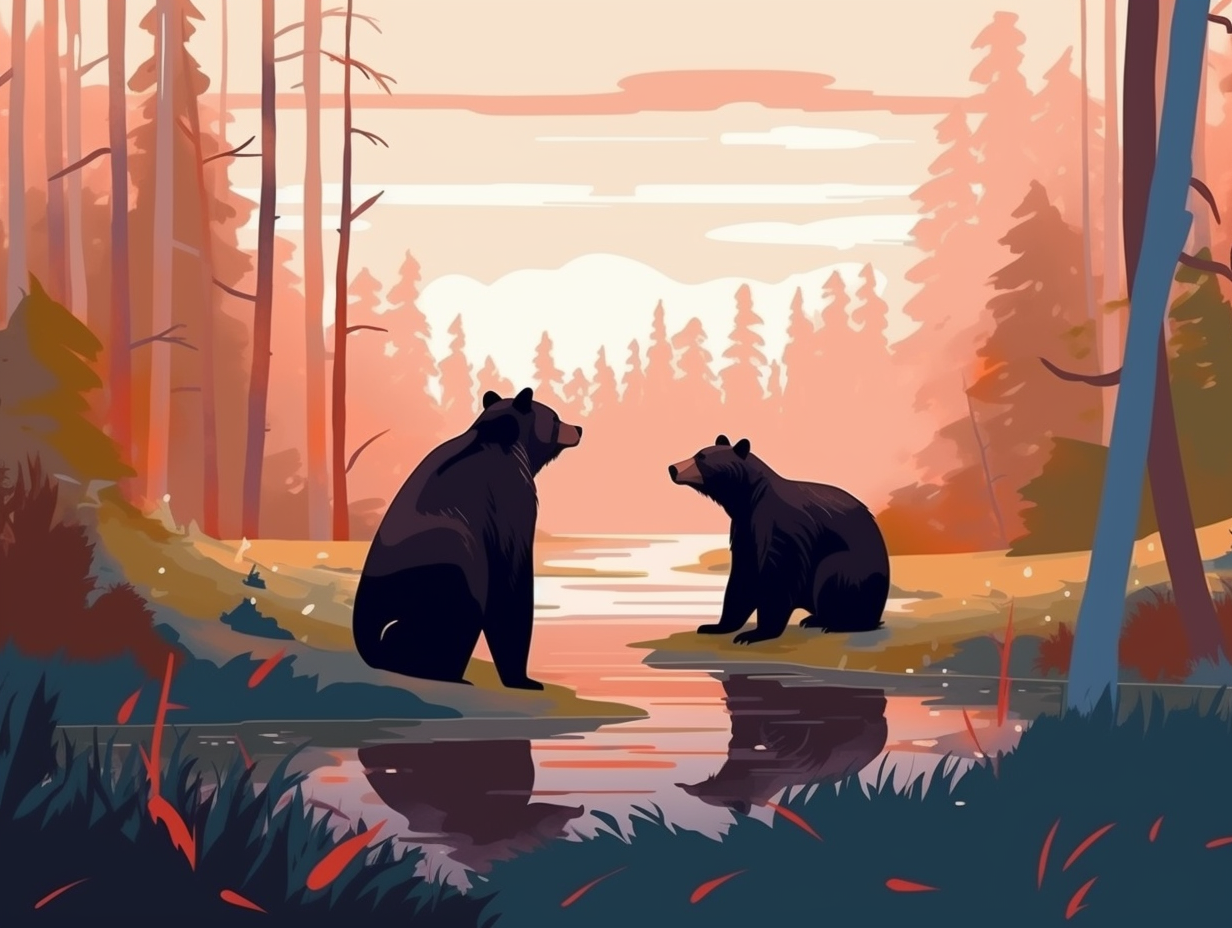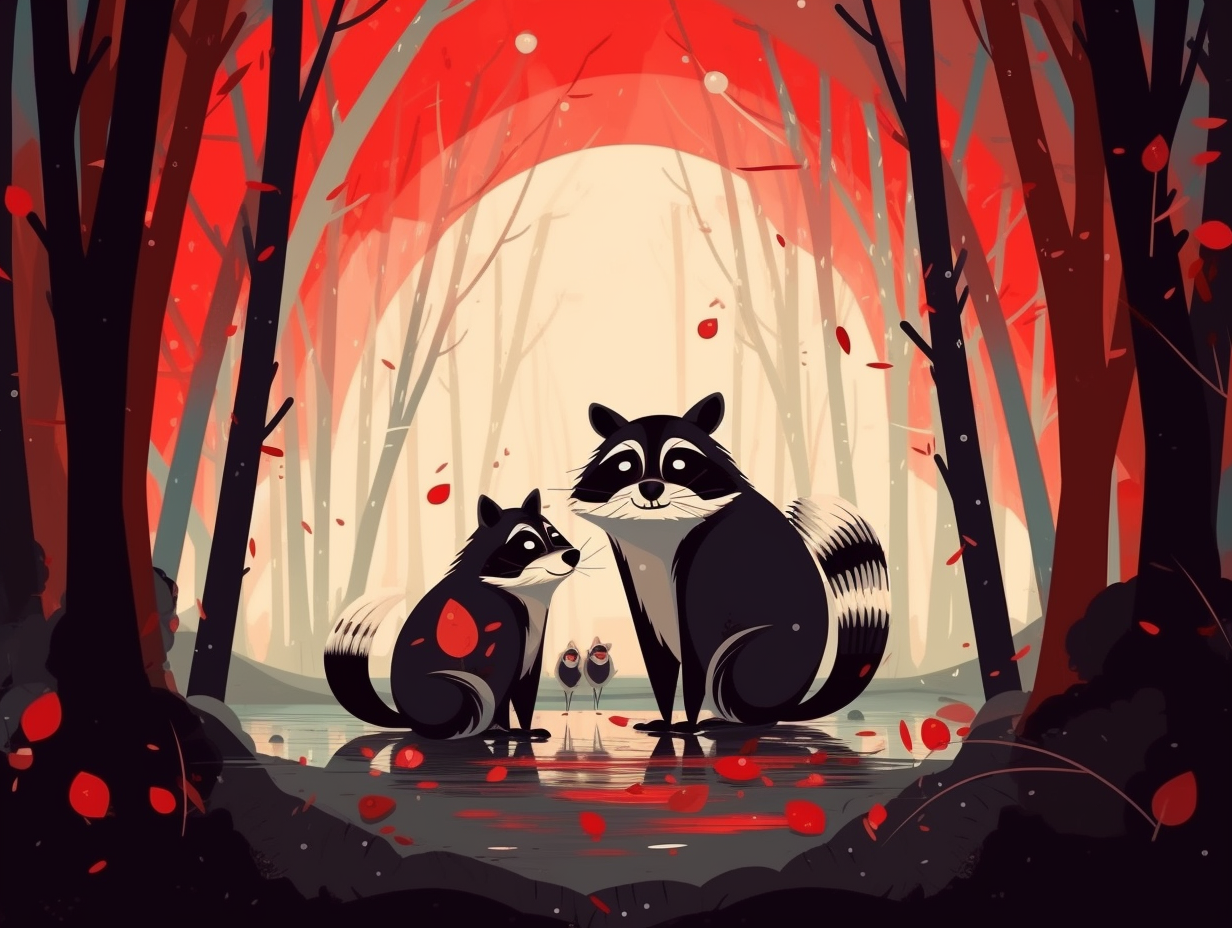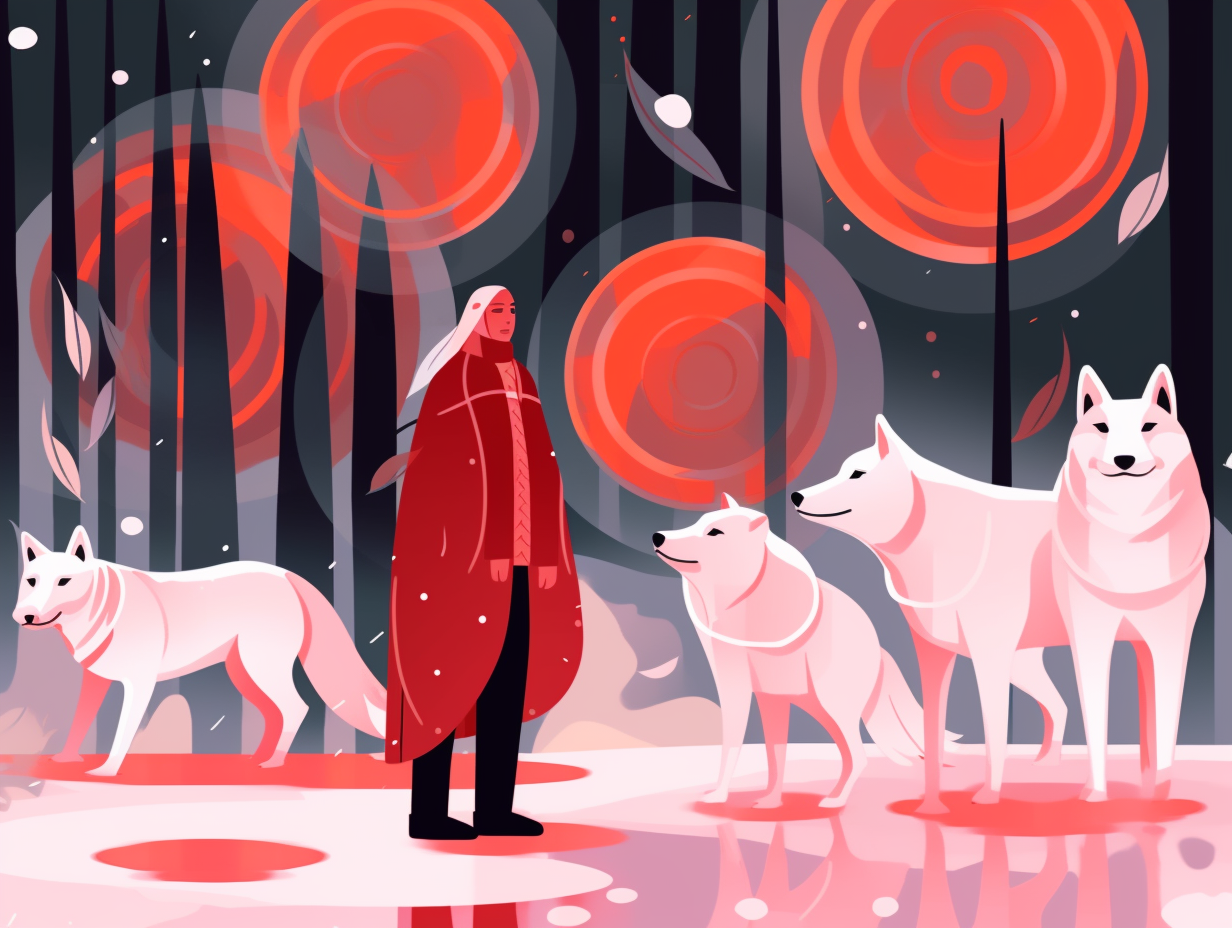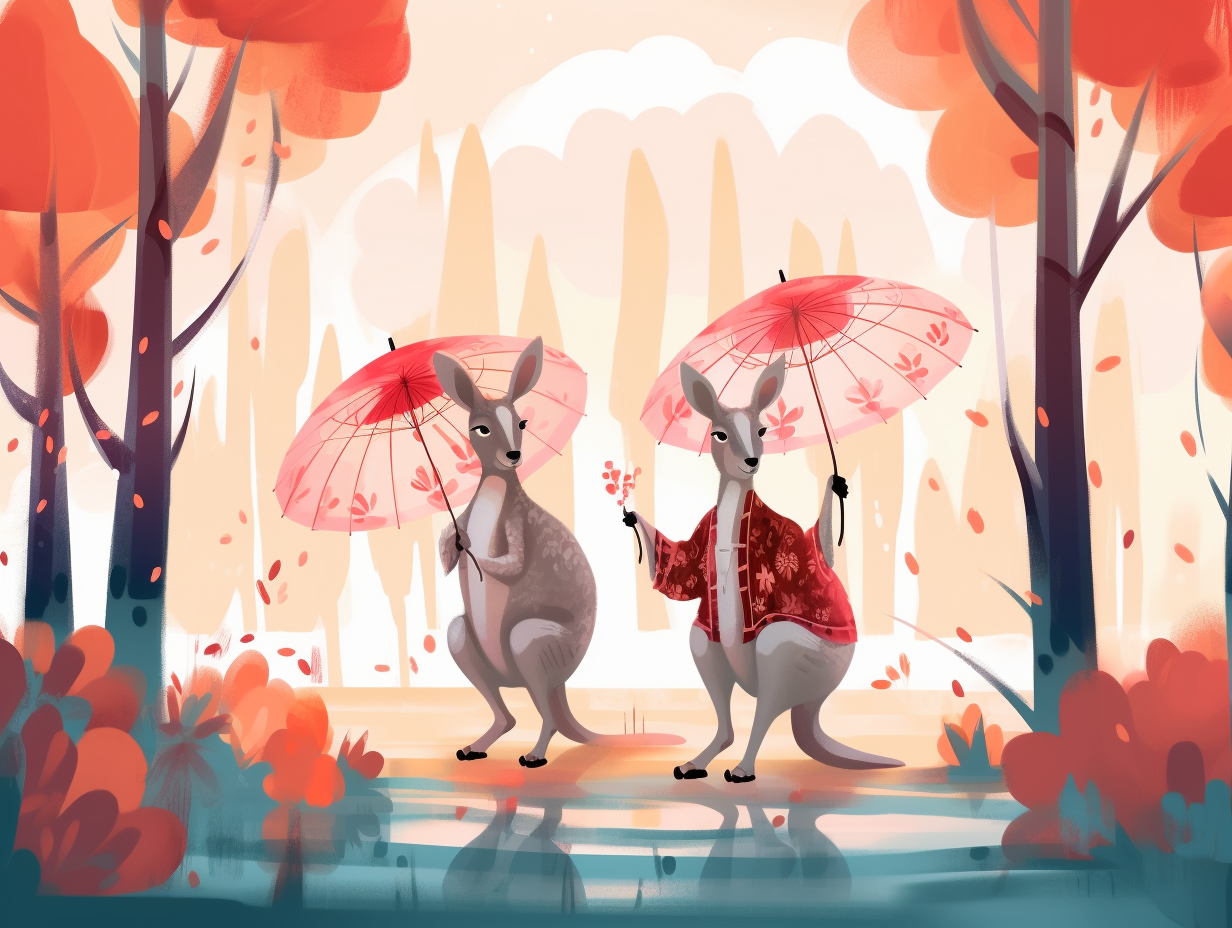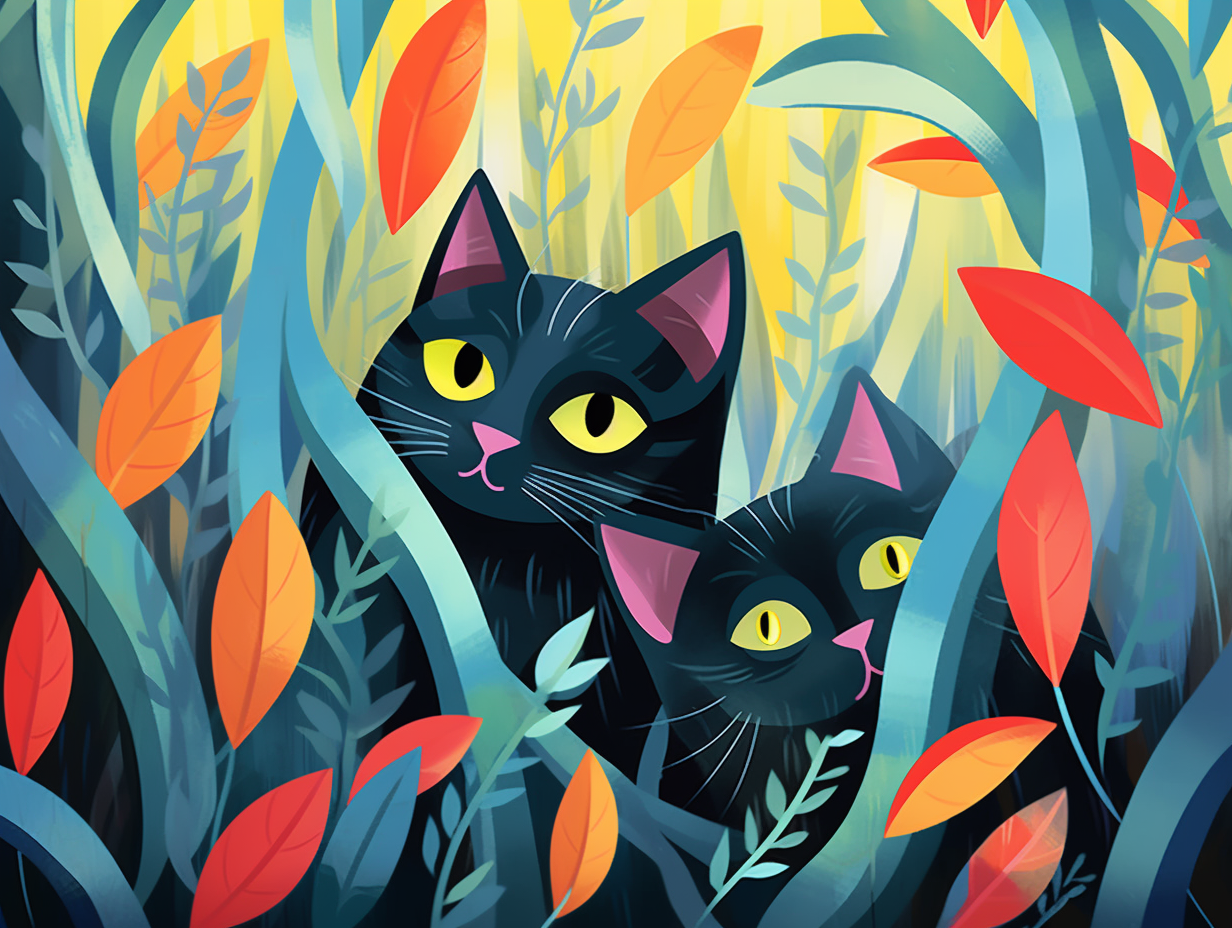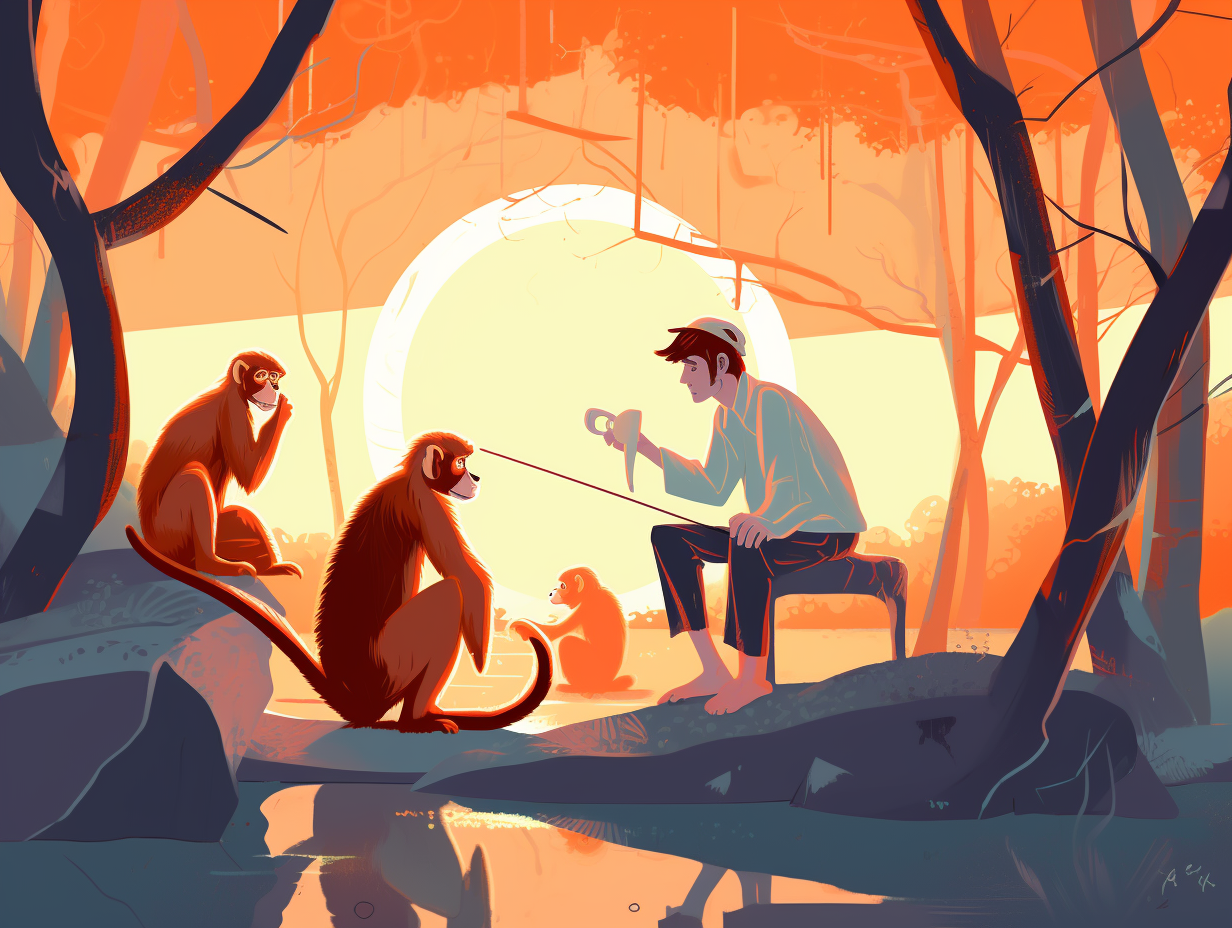Discover the Wild: Top 9 Amazing Fun Facts About Bengal Tigers You Need to Know!
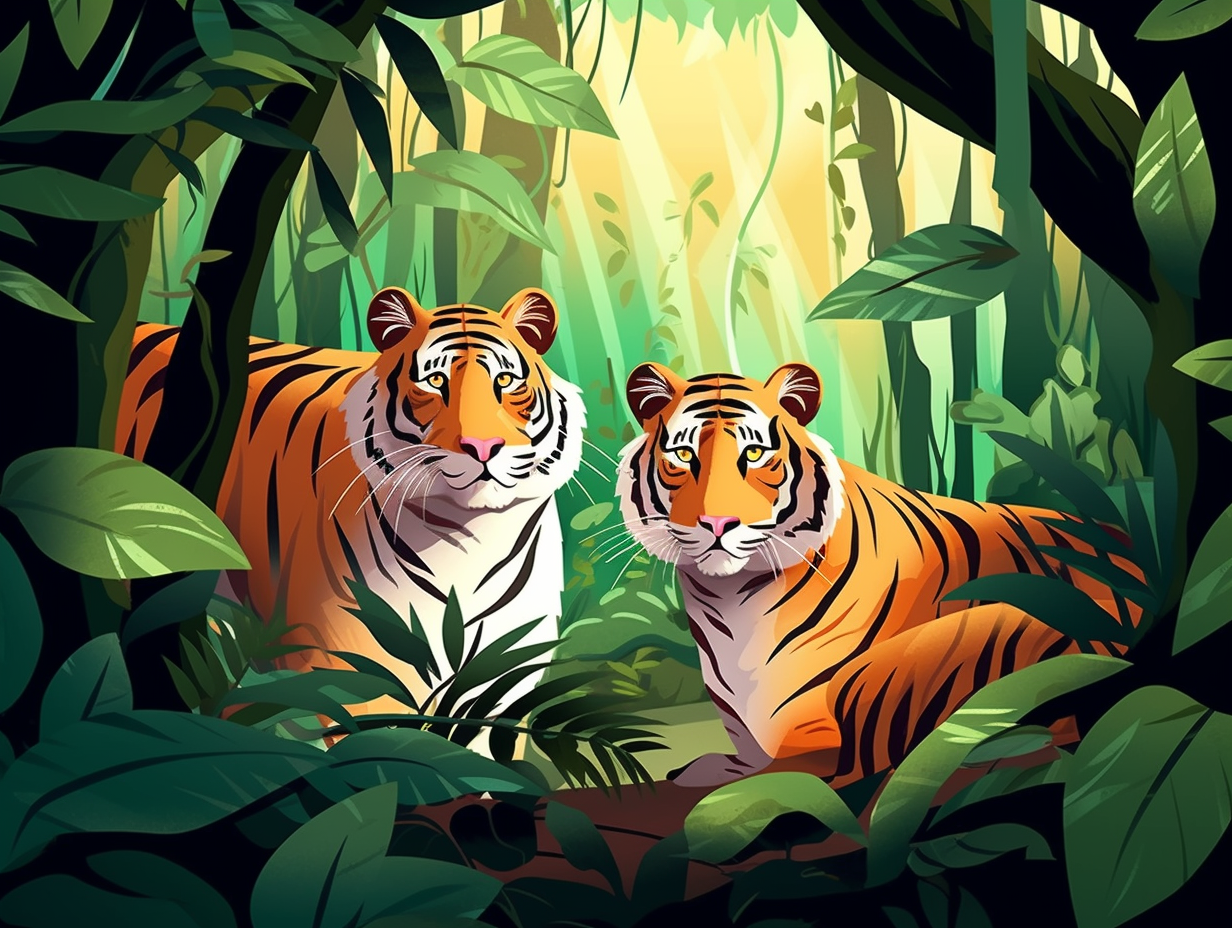
1. Tiger Family Reunions
Whoever said tigers don't like family reunions might have been onto something: there are nine recognized subspecies of Bengal tigers, including the recently included Malayan subspecies, all genetically distinct and sporting unique physical features but still getting together under the big ol' Panthera tigris family tree.
Source => ielc.libguides.com
2. Tigers in American Backyards
Hold on to your stripes, folks - the Tiger King has nothing on the real world: more tigers strut their stuff in American backyards than lurk in the wild jungles worldwide! The serious reveal: The majestic Bengal tiger faces habitat loss, wildlife trade, and persecution; but let's cheer for IFAW, which rescued 189 captive big cats since 2003, planting them in true sanctuaries. You can pitch in with a 100% deductible donation to keep these beauties roaring with laughter.
Source => ifaw.org
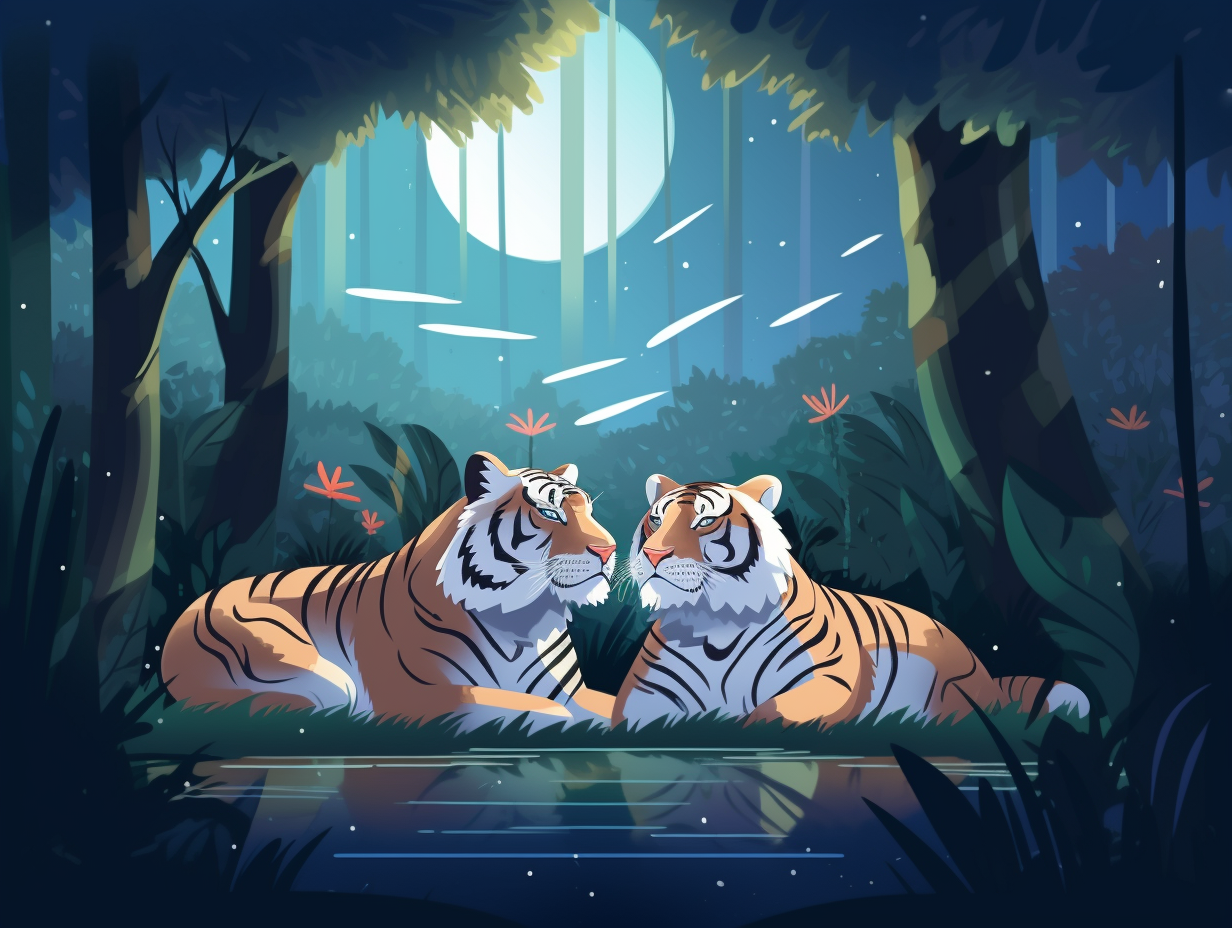
Discover how tigers become the ultimate nighttime ninjas, equipped with eyesight six times better than humans for successful nocturnal hunting escapades! 🐯🌙
=> Fun Facts about Tigers
3. Barcode Stripes Fashion Show
In a feline fashion show, the Bengal tiger would definitely take the sartorial prize for "Best Stripes" – their coats come with an array of lines that could make a barcode jealous: As the largest sub-species of tiger, weighing over 250 kilograms, the Bengal tiger not only sports a unique combination of stripes but also thrives in a variety of habitats such as forests, wetlands, and mangroves. Tragically though, with fewer than 2,000 remaining in the wild, their endangered status casts a dark shadow over their vibrant fashion statement, due to hunting, habitat destruction, and human-wildlife conflict.
Source => worldlandtrust.org
4. Team Effort on the Hunt
Whoever said tigers can't play nice never invited them to a game of hide-and-seek: Bengal tigers, typically solitary creatures, are known to occasionally collaborate on a hunt, using their keen senses and communication skills to bring down prey together in a lion-esque team effort.
Source => seaworld.org
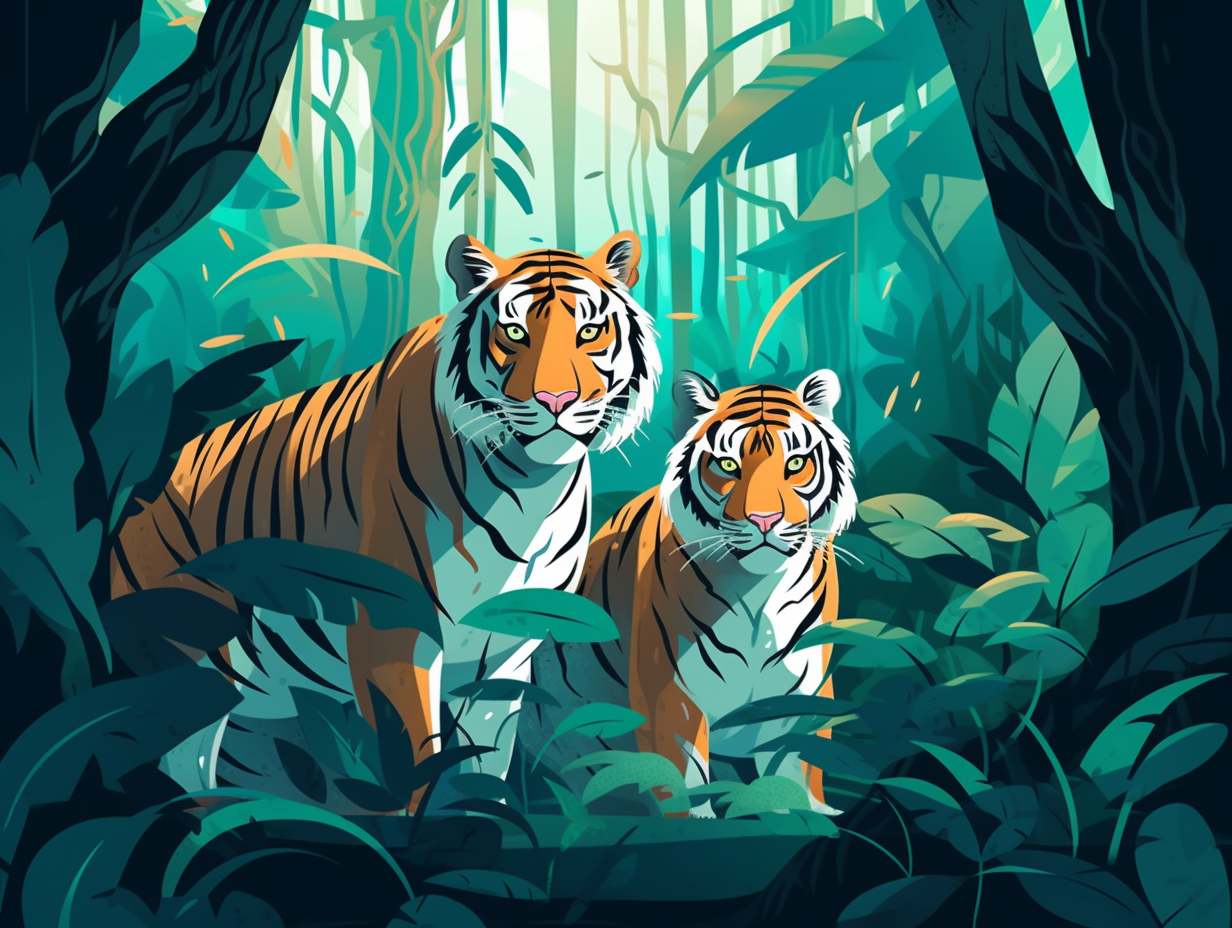
5. Real Estate Level: Tiger Territories
When it comes to real estate, Bengal tigers take "location, location, location" to a whole new level: they fiercely mark their territory with urine spraying, tree clawing, vocalization, scat deposition, and patrolling as a way to communicate their ownership and keep other tigers from poaching their prime spots.
Source => tigersafariindia.co.uk
6. Swimming Contenders: Tigers vs. Phelps
Move over, Michael Phelps, there's a striped contender with a mean breaststroke in town: Bengal tigers are adept swimmers, capable of crossing rivers up to 18 miles wide and swimming 9-mile stretches in open water, often to cool off on sizzling days or corner their prey in soggy situations, though they don't exclusively hunt aquatic appetizers.
Source => animals.howstuffworks.com
7. Speed Dating Stripes
Bengal tigers might want to consider a career in speed dating: With an impressive ability to sprint at speeds of up to 65 km/h (40 mph) for short distances of about 20 meters, their stamina, however, is quite limited, making them one of the big cat species with the shortest endurance.
Source => tiger-universe.com
8. Overenthusiastic Stripes: Pseudo-melanism
Ever heard of tigers getting a little too stripe-happy with their paintbrushes? It's no tall tale - nature is full of surprises: Due to inbreeding, the number of pseudo-melanistic Bengal tigers is increasing, characterized by heavy and merged black stripes, camouflaging their tawny background. This phenomenon, captured by photographers like Satya Swagat in eastern India, is not only a visual delight but a testimony to the impact of habitat destruction and population growth on these majestic creatures.
Source => pictures-of-cats.org
9. Whipped Cream White Bengal Tigers
What do you get when you cross a Bengal tiger with a generous dollop of whipped cream? A White Bengal tiger, of course, but hold the sprinkles: These magnificent creatures possess a genetic mutation that reduces their pheomelanin, gifting them a breathtakingly white coat. Surprisingly, these frosty felines also tend to be larger and faster-growing than their orange cousins, both at birth and when fully grown. Rarer than a diamond-encrusted catnip, you won't spot them easily in the wild due to their reliance on a recessive gene.
Source => balisafarimarinepark.com
Related Fun Facts


